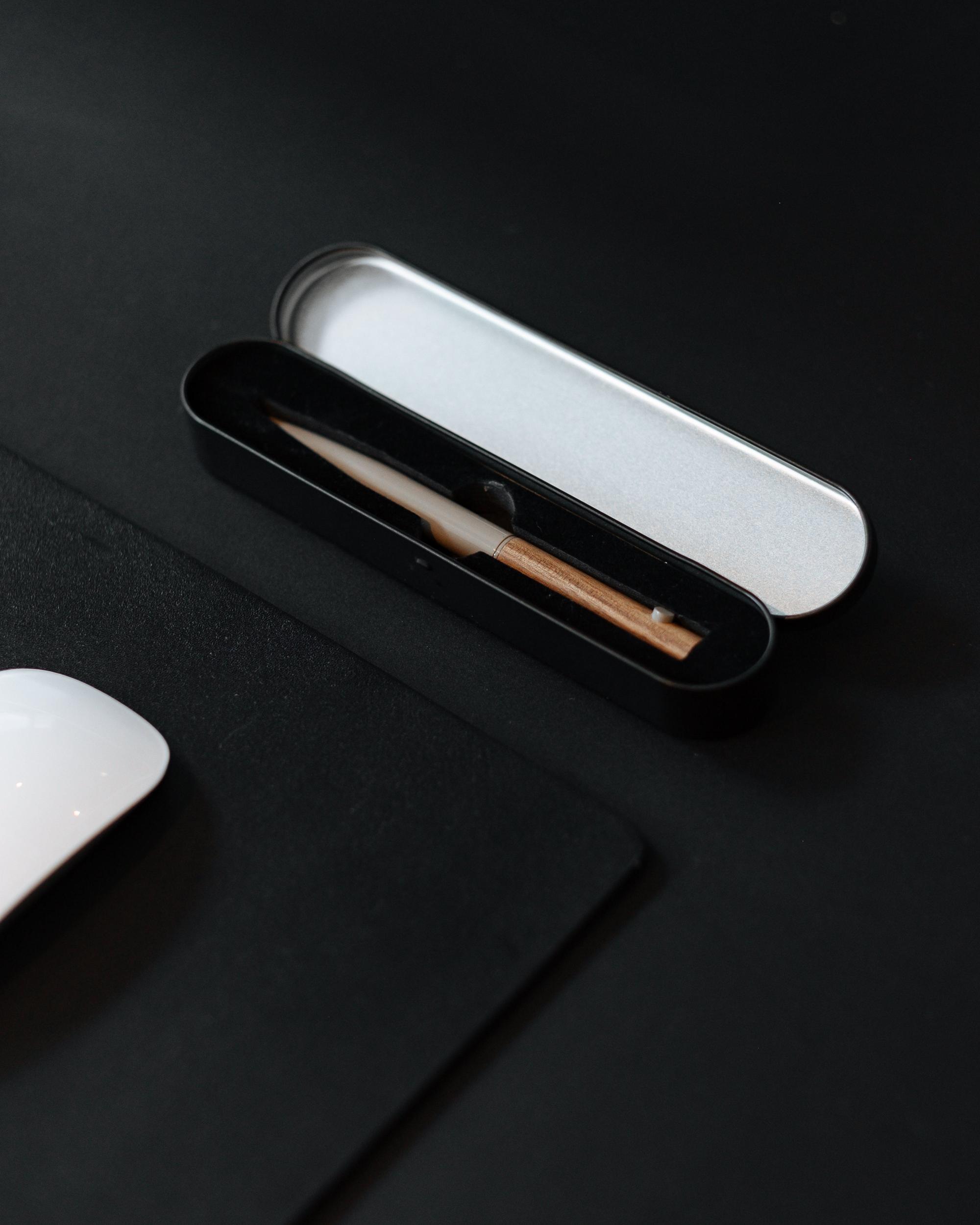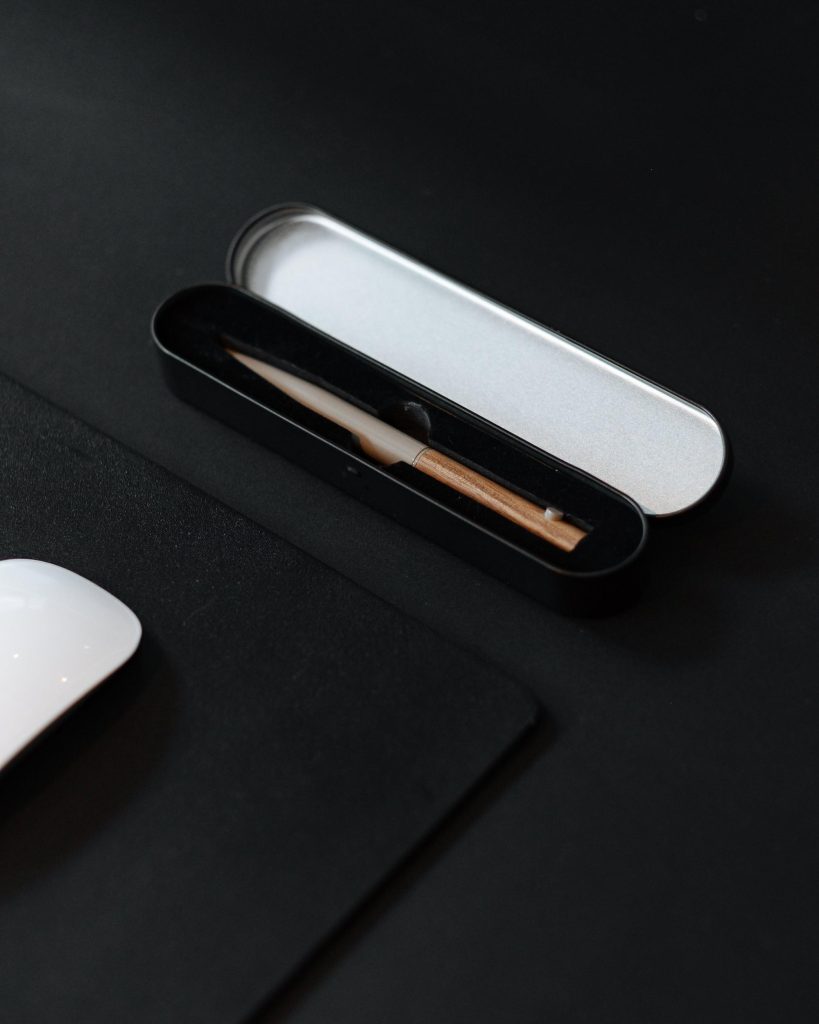Welcome to our latest deep dive into the world of digital design, where we unravel the secrets behind crafting exceptional user experiences. In this feature, we’ll be exploring a „Case Study: Successful UX Design,” showcasing how strategic design choices can lead to remarkable outcomes. By examining the intricate journey from conceptualization to implementation, we’ll uncover the pivotal decisions that transformed a user interface from mundane to mesmerizing.
Join us as we dissect the elements that contribute to a successful UX design, providing valuable insights for designers, businesses, and anyone passionate about creating engaging digital environments.
Analyzing the components of a successful ux design: a case study overview

**Analyzing the Components of a Successful UX Design: A Case Study Overview**Diving headlong into the fascinating realm of User Experience (UX) design, it’s often insightful to dissect the anatomy of successful endeavors in the field. The dissection of these success stories is not just for the sheer curiosity of unwrapping the layers that compose delightful interactions, but it holds the key to replicating such success in future projects. In the spirit of understanding what makes a UX design not just good but great, a case study approach offers a pragmatic lens through which we can isolate and evaluate the critical constituents that form the beating heart of exceptional user experiences.
Take a renowned case study – let’s muse, for instance, on the sublime UX design of an app like Spotify. Swept away in the effortless fiesta of finding music and curating playlists, users rarely hit a discordant note while navigating the app.
It hits the high notes in simplicity, customizability, and intuitive navigation. Here, the components of successful UX design harmonize like a meticulously composed symphony. Spotify employs a clean and minimalistic design approach, allowing users to focus on the content without getting lost in unnecessary design frills.
Personalization takes center stage, rather like how a skilled conductor ensures each member of the orchestra plays their part precisely, with algorithms suggesting music and playlists fine-tuned to the user’s taste. The input from users is not just welcomed but actively solicited, ensuring a feedback loop that continuously refines the user experience.
But to effectively analyze these components, one must adopt an investigative mindset. Delve deeper into the Spotify case study, and you witness a strategic commitment to consistency.
Throughout the app, a cohesive color scheme and a steady typographical uniformity communicate the brand while also fostering a sense of reliability. Responsive design ensures that whether it’s accessed from a sleek smartphone or a capacious desktop, the experience remains harmoniously uninterrupted. Moreover, the incorporation of micro-interactions, such as the satisfying animation of the 'like’ button or the visual feedback when a song is added to a playlist, adds an additional layer of engagement – small touches that yield significant impact in user retention.
Through a case study lens, the components of successful UX design are not just spotted but understood in their operational habitat. They aren’t standalone marvels but a collective that thrives on the interplay of research, design principles, and user feedback. Crafting a UX that sings requires a designer to be both the architect and the composer, envisioning structures that are as robust as they are resonant with the end user. The enduring power of a splendid UX design resides not simply in its visual appeal or technical prowess but in the empathetic foresight it embodies – delivering an experience that feels almost intuitively tailored to its audience. By dissecting these success stories and deriving actionable intelligence, other designers and brands can strike a chord in the digital experiences they create.
The role of user research and testing in crafting effective ux

User research and testing are the bread and butter of any UX designer determined to create products that resonate with their audience. Imagine you’re crafting a key, and the lock is your user base; user research helps to map out the grooves and ridges, while testing ensures that the key not only fits but also turns smoothly.
This kind of dedication to the design process is the cornerstone of successful user experience (UX) design. Consider the case of a popular productivity app that skyrocketed in user adoption after a complete UX overhaul. Initially, the app struggled with a cluttered interface that left users more bewildered than empowered.
The turnaround tale began with a deep dive into user research, where real users were observed and interviewed to uncover the pain points and pleasures of the existing experience. This research phase enabled designers to empathize with the user, crafting personas and mapping out user journeys that would guide the redesign. Then came the crucible of testing—iterative, relentless, and always informed by the initial research.
Prototypes faced the firing squad of user feedback sessions, where real-world interaction dictated countless micro-adjustments. Each design element, from button placement to gesture controls, was challenged and refined.
By the end of this process, not only had the usability issues been ironed out, but users also felt a sense of ownership over the changes. They had been listened to, their needs engineered into every tap and swipe. This case study serves as a testament to the transformative power of weaving user research and testing into the fabric of UX design, turning what once was a labyrinth of features into a swift, user-approved yellow brick road toward productivity.
Key strategies and tools used in the development of the case study’s ux design

Key Strategies and Tools Used in the Development of the Case Study’s UX DesignWhen dissecting the anatomy of a successful UX design, one finds that it is not just born out of a Eureka moment; rather, it is the result of meticulously applied strategies and sophisticated tools. In our case study, the UX design journey hinged upon a trifecta of user-centric tactics, innovative ideation processes, and a finely-tuned toolkit.
At the heart of this creative endeavor are empathy maps and user personas — the psychological archetypes and emotional blueprints that allow designers to step into the shoes of users and explore digital landscapes through their eyes. The first strategic pillar in developing our case study’s UX was a thorough user research phase. It involved not only understanding the demographic landscape but also mining deep into the psychographics of target users.
Tools such as surveys, interviews, and the creation of user personas illuminated the desires and pain points of the audience. This qualitative data became the bedrock of our design process, ensuring the final product wasn’t just aesthetically pleasing but, more importantly, intuitively aligned with user expectations and needs.
Next, wireframing and prototyping took center stage, serving as a sandbox for design experimentation. Armed with insights from user research, designers employed tools such as Sketch and InVision to build low-fidelity wireframes that progressively evolved into interactive prototypes. This iterative cycle — punctuated by user testing sessions — allowed the team to refine concepts, test assumptions, and hone in on an interface that resonated with users on a visceral level.
A/B testing served as the critical eye, distinguishing between what simply looked good and what truly performed well in practice. In crafting the UX design success story, it’s evident that more than just creativity was at play.
It was the judicious use of tools that imbued the design with substance, and strategic frameworks that kept the user’s narrative at the forefront. The outcome? A UX design that not only engages and delights but also facilitates a seamless journey from the user’s first click to their ultimate objective.
The case study stands testament to the philosophy that in the world of digital design, empathy is as potent a tool as the software used to weave these virtual experiences.
Measuring success: outcomes and impact of the ux design on user engagement and business goals
Measuring Success: Outcomes and Impact of UX Design on User Engagement and Business GoalsIn the dynamic realm of digital interfaces, the crux of successful UX design lies not merely in its aesthetics or functionality, but in its measurable outcomes on user engagement and the consequent achievement of business goals. A user-centric approach dictates that the design process be informed by the needs and behaviors of users, with a keen eye on how these align with the overarching objectives of the business. As such, a case study of successful UX design often serves as a looking glass into the delicate balance between delighting users and driving business metrics.
Consider, for example, the illustrative case of a retail shopping app whose redesign led to a significant uplift in user engagement metrics. After applying principles of UX design, such as simplifying the checkout process and personalizing product recommendations, the app observed a marked increase in average session length and conversion rates.
These upticks are tangible indicators of enhanced user satisfaction and loyalty, but they also resonate loudly in the context of broader business goals like revenue growth and customer retention. Herein lies the quintessence of effective UX design: fostering an environment where positive user experiences are intrinsically linked to the strategic ambitions of the business. However, the true testament of a UX design’s efficacy often extends beyond immediate engagement metrics.
The long-term impact of a well-executed UX strategy can manifest in brand advocacy and the reduction of customer acquisition costs. Users delighted by an intuitive and frictionless experience are not only more likely to become repeat customers, but also to act as brand evangelists.
By meticulously analyzing user feedback, heatmaps, and journey analytics, UX designers can iterate over their solutions, ensuring an evolutionary design process that continuously hones the alignment between the digital experience and its intended results. Therein lies the alchemy of UX design, where meticulous research, creative problem-solving, and strategic foresight converge to elevate both the user journey and the business trajectory.
Nasza rekomendacja video
Summation
In this case study, we explored the facets of a successful UX design that led to a significant increase in user engagement and satisfaction. By prioritizing intuitive navigation, responsive layouts, and user-centric approaches, the design team achieved a remarkable improvement in the product’s overall performance, setting a benchmark for future UX endeavors.
FAQ
How did user feedback influence the iterative design process in a successful UX case study?
In a successful UX case study, user feedback played a pivotal role in the iterative design process by highlighting usability issues, uncovering user needs, and validating design decisions. Designers used this feedback to make informed adjustments, ensuring the final product not only met but exceeded user expectations, ultimately leading to a more intuitive and satisfying user experience. This continuous loop of feedback and refinement is a core principle of user-centered design, demonstrating its effectiveness in achieving a successful outcome.
What were the key challenges faced in the UX design of a successful product, and how were they overcome?
Key challenges in UX design often include ensuring accessibility for a diverse user base, balancing aesthetics with functionality, and aligning the product with user expectations and behaviors. These were overcome by conducting thorough user research, iterative design with user testing at each stage, and incorporating feedback loops to continuously refine the user experience. Designers also focused on following established UX principles and guidelines to create intuitive and inclusive interfaces.
Can you describe the user testing methods employed in a case study that led to a successful UX design?
In a case study that culminated in a successful UX design, user testing methods such as moderated usability testing, where participants interact with the product while observers note their behavior and difficulties, and A/B testing, which compares two versions of a design to see which performs better, were key. Additionally, surveys and interviews provided direct user feedback that informed iterative design improvements, ensuring the final UX design was both user-friendly and effective in meeting the users’ needs.
How did the UX design team in a successful case study collaborate with other departments (like development or marketing) to enhance the user experience?
In a successful case study, the UX design team collaborated closely with the development team by engaging in regular, iterative feedback sessions to ensure that the design was both aesthetically pleasing and technically feasible. They also worked hand-in-hand with the marketing department to align the product’s user experience with the brand’s messaging and target audience needs, ensuring a consistent and effective user journey from first exposure to long-term engagement. This cross-departmental collaboration fostered a holistic approach to the product design, which ultimately enhanced the overall user experience.
What role did accessibility play in the UX design of a successful case study, and how was it implemented?
In a successful case study, accessibility played a crucial role in UX design by ensuring that the product was usable by people with a wide range of abilities. This was implemented through inclusive design practices such as providing alternative text for images, ensuring keyboard navigability, and using color contrasts that are perceivable by users with color vision deficiencies. By integrating these features, the case study demonstrated a commitment to universal design principles, leading to a wider audience reach and an improved user experience for all.
How did the successful UX design contribute to the overall business goals and metrics in a case study?
In a case study, successful UX design contributed to the overall business goals and metrics by significantly improving user engagement and satisfaction, leading to increased conversion rates and customer retention. The intuitive and user-centric interface streamlined the user journey, reducing bounce rates and support tickets, while also enhancing brand perception and loyalty. This ultimately resulted in higher revenue and a stronger competitive edge in the market.

